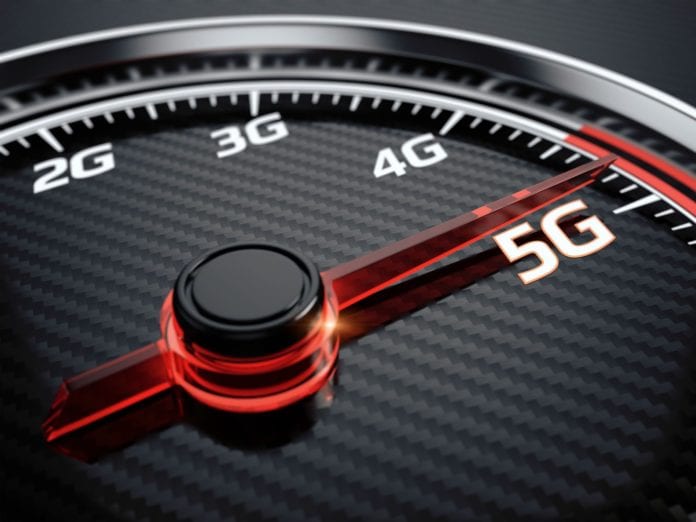Keysight, Qualcomm will collaborate on testing 5G chips
Qualcomm Technologies will use Keysight Technologies’ test equipment and design tools to develop “5G” chips. The two companies announced a collaboration this week on 5G chipset development. Qualcomm will be utilizing Keysight offerings such as its network emulation portfolio (including tis UXM 5G wireless test platform) for validating 5G chips and higher-layer protocols.
Keysight’s 5G protocol testing solution was just launched last month to support chipset and device research and development.
Keysight also this week began offering a scalable PXI microwave signal generator that covers frequencies up to 44 GHz.
In other test news:
-Reverberation chamber company Emite and Rohde & Schwarz have put together a new lab system that they say is the first to support 4×4 multiple-input-multiple-output over-the-air testing, with four component-carrier carrier aggregation in the downlink for gigabit LTE device testing.
–Viavi Solutions launched a tester for ribbon fiber with multi-fiber push on (MPO) connectivity, which is used in network trunking and is now being extended due to the migration to 40G and 100G.
Viavi said that a proof of Tier One or Basic certification for MPO is increasingly being required before vendors are paid. Viavi said its new tester is the first dedicated optical loss test set which can perform all of the MPO tests for such certification.
–Tektronix introduced a new mid-range offering, in the form of its new 5 Series mixed signal oscilloscope. Features include up to eight reconfigurable input channels that can enable up to 64 digital channels; a 15.6-inch, high-definition capacitive touch display and a size less than 8 inches deep.
–National Instruments unveiled the baseband model of its second-generation vector signal transceiver module for testing applications including 5G testing (as well as 802.11ax and LTE-Advanced Pro), envelope tracking and digital pre-distortion.
The new PXIe-5820 has one gigahertz of complex I/Q bandwidth, according to NI, and can be configured for 8×8 or higher multiple-input-multiple-output testing, among other features.
NI was also involved in a demonstration of generating and measuring wideband 5G waveforms (both the 5G New Radio and Verizon 5G Technical Forum versions) at this week’s IMS 2017 conference.
–PCTel expanded its support for narrowband public safety network testing in the Very High Frequency, Ultra High Frequency, 700 MHz and 800 MHz bands.
–GL Communications’ VQuad software now enables automated mobile device testing via Bluetooth or using a cabled smartphone approach, for traffic or call analysis.
–Nokia has been testing Wi-Fi service enablement and edge computing scenarios at the University of Notre Dame’s Compton Ice Arena, with the potential for the technology to be used at the university’s football stadium. The Multi-Access Edge Computing software platform is designed to improve how quickly users can access data services in congested areas with multiple base stations, with very low latency. Nokia and Notre Dame tested two MEC-based applications: edge video orchestration with four video streams with different viewing angle options, and an augmented reality gaming experience that used streaming video with overlaid information. The trial utilized a feature for “optimizing data flow through Wi-Fi and cellular networks,” according to Nokia, and said that between Nokia small cells and Wi-Fi access points, “the test found that the technology can significantly improve data throughput in venues such as stadiums where there is a dense concentration of mobile users all trying to access the network and content simultaneously.”
The demo relied on Nokia’s MEC platform and its AirFrame server.
Image copyright: sashkin7 / 123RF Stock Photo

